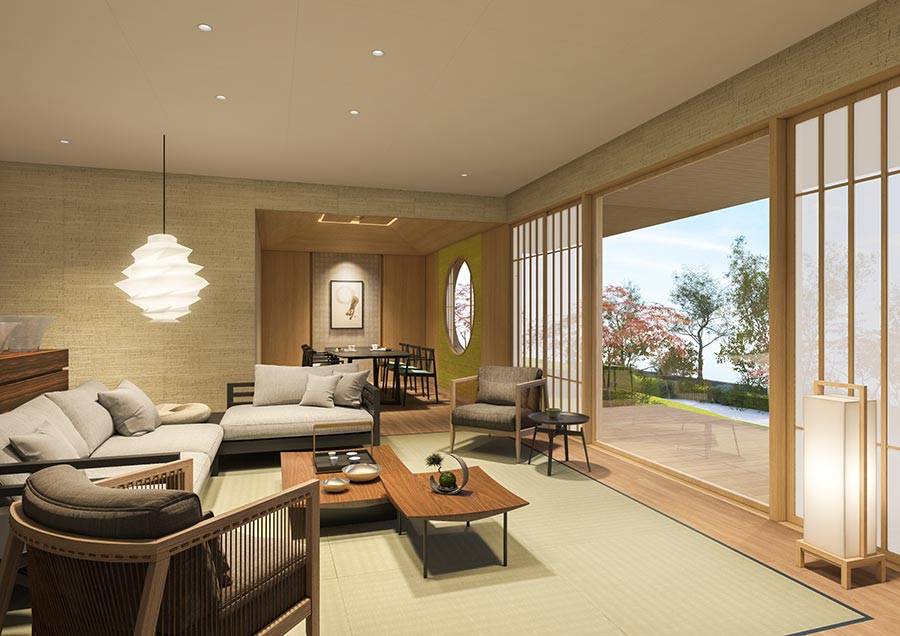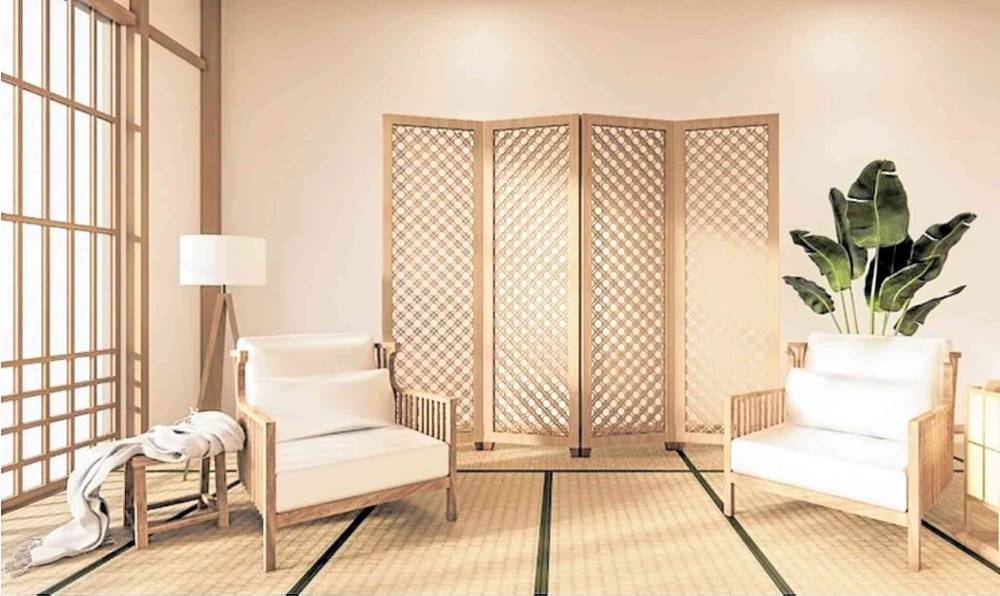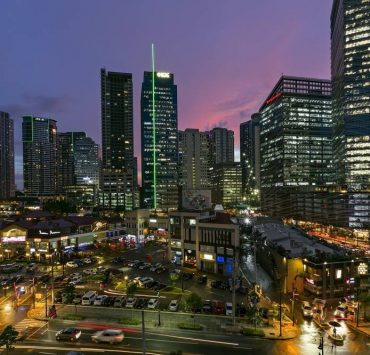Filipino affinity for Japanese design

Foreign investors have increasingly shown interest in Philippine real estate, owing to the country’s robust economy, favorable business climate, and relatively low property prices compared to other Southeast Asian countries. The Philippine market is also said to offer higher investment yields compared to mature markets like Tokyo, Hong Kong, and Singapore.
Such interest has also led to more partnerships between Philippine developers and Japanese firms, which are keen to tap the local sector’s potential and growing market demand. Such synergies have allowed Philippine developers to benefit from the expertise of their foreign partners, enabling them to offer something new and distinctive to their market.
Simplicity and harmony
The adaptation of modern Japanese trends in architecture and lifestyle in the Philippines can be traced back to the early 2010s. Minimalist designs, efficient use of space, and incorporation of nature resonate well with the modern Filipino lifestyle, which seeks simplicity and harmony in urban settings.
Filipino developers can gain valuable insights from the discipline and principles that underlie Japanese design philosophies.

The minimalist design promotes aesthetic cleanliness and functional efficiency, which are especially important in densely populated urban areas. The Japanese emphasis on quality and precision in construction ensures the long-term durability and safety of buildings—something that is increasingly crucial in the Philippines, given its susceptibility to natural disasters.
Japanese expertise and efficiency in construction—combined with cutting-edge technologies in building sustainable and disaster-resistant buildings—make projects extremely attractive. This attention is evident in the technologies and benchmarks that Japanese firms bring to their partnerships, which enhance the local offerings to meet international standards.
Integrating nature, anime
Japanese gardens, known for their tranquility and aesthetic harmony, offer a model for integrating nature with Philippines’ dense cities.
These landscapes typically feature koi ponds, rock formations, natural stone finishes, and meticulously pruned trees, enhancing the space’s beauty and promoting a peaceful environment for relaxation and meditation. The visual poetry captures the increasing desire among urbanites for sustainable, serene living spaces in tight city environments.

Anime’s influence, meanwhile, extends to various aspects of Filipino life, from fashion choices and artistic inspiration to personal values and identity formation. Many young Filipinos view anime as a medium that resonates with their struggles and aspirations, often mirroring their experiences and challenges. This deep connection has made the art form a pivotal part of youth culture in the Philippines, inspiring creativity and a unique blend of Filipino-Japanese pop culture aesthetics.
The author (at www.ianfulgar.com) is a leading architect with an impressive portfolio of local and international clients. His team elevates hotels and resorts, condominiums, residences, and commercial and mixed-use township development projects with innovative, cutting-edge design and business solutions that have garnered industry recognition, making him the go-to expert for clients seeking to transform their real estate ventures.

















